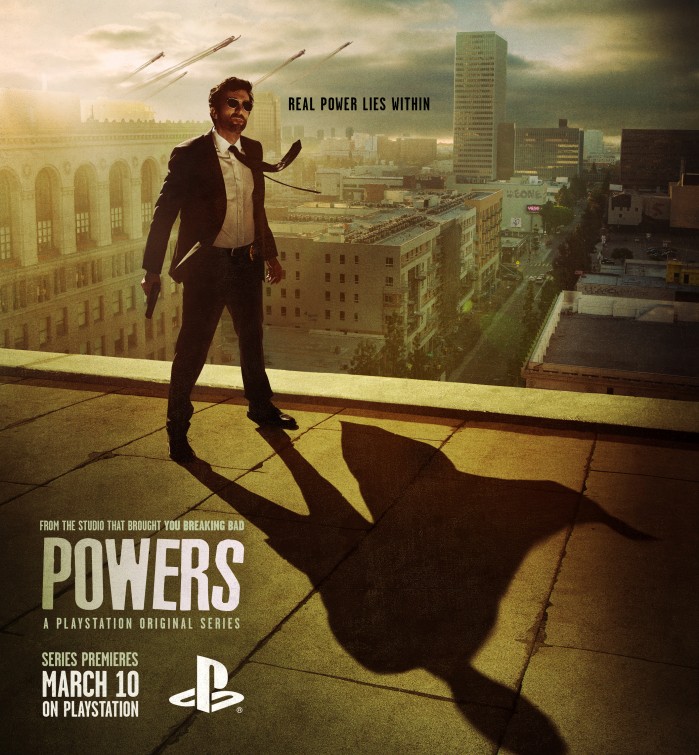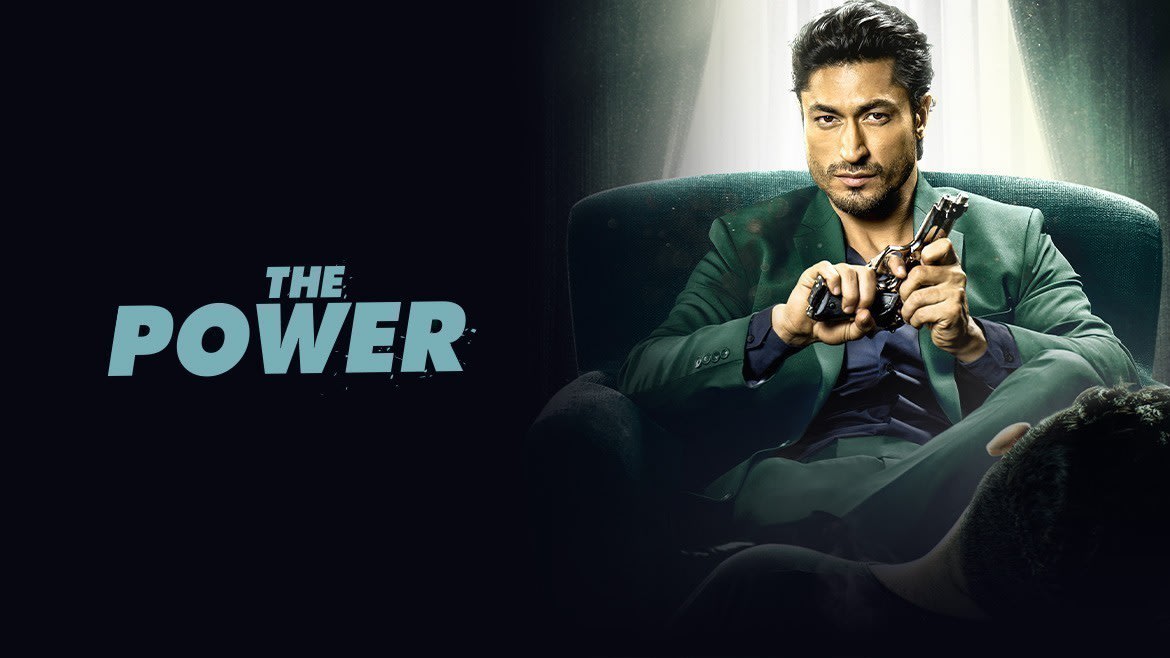

While the subject’s size remains the same, the background seems to recede in the frame, which invokes a magnified emotional response in the viewer. On the set of “Vertigo,” Alfred Hitchcock and cameraman Irmin Roberts blended two movements together-the dolly (or tracking shot) and zoom-to invent the “dolly zoom,” sometimes called the “Vertigo zoom” or “Hitchcock zoom.” Seen in “Jaws,” “Raging Bull,” “Goodfellas,” and many other films since, it has been utilized by some of cinema’s most influential directors. Whether it’s to show fear in someone’s eyes or to emphasize significance, zooming is one of the most basic and commonly used camera movements. The goal of the camera zoom is to quickly shift the viewer’s attention by narrowing in on the subject of the frame. The four-minute stretch of film would have been far less chilling if it had been split up into multiple shots.ĭepending on the way the shot is achieved (using a dolly, Panaglide or Steadicam, for example), this method can also take those names, but the purpose is the same. The opening sequence of “Halloween” doesn’t focus on a specific character, but on a voyeuristic POV young Michael Myers creeps around the exterior of his house, goes through the kitchen and upstairs to his victim’s bedroom.

In tracking the astronaut through a spaceship corridor in “2001: A Space Odyssey,” Kubrick employs the same technique at a slower speed for a different effect. In Stanley Kubrick’s “The Shining,” the camera follows Danny through the Overlook Hotel, swerving around hallway corners, staying behind him as he pedals his tricycle.

Tracking Camera MovementĪlso known as a “following shot,” when the camera is “tracking,” it trails a subject moving forward, backward, sideways, or in a circular motion. Let’s look at seven types of camera movements that are used to take the viewer into another world. Out of those 2.11 seconds of footage grew the Silent Era, Talkies, the Golden Era, and, finally, modern cinema everything from “City Lights” to “The Godfather” to today’s blockbusters like “The Batman” and “The Avengers.” Along the way, filmmakers have picked up various techniques to use their camera to captivate an audience. Le Prince used a single-lens camera at seven frames per second and titled it “Roundhay Garden Scene.” It’s a snippet showing four people skipping around a secluded garden property in Yorkshire, England. The earliest surviving film is a static shot from 1888 captured by French inventor Louis Le Prince. Photo Source: 26ShadesOfGreen/Shutterstock


 0 kommentar(er)
0 kommentar(er)
